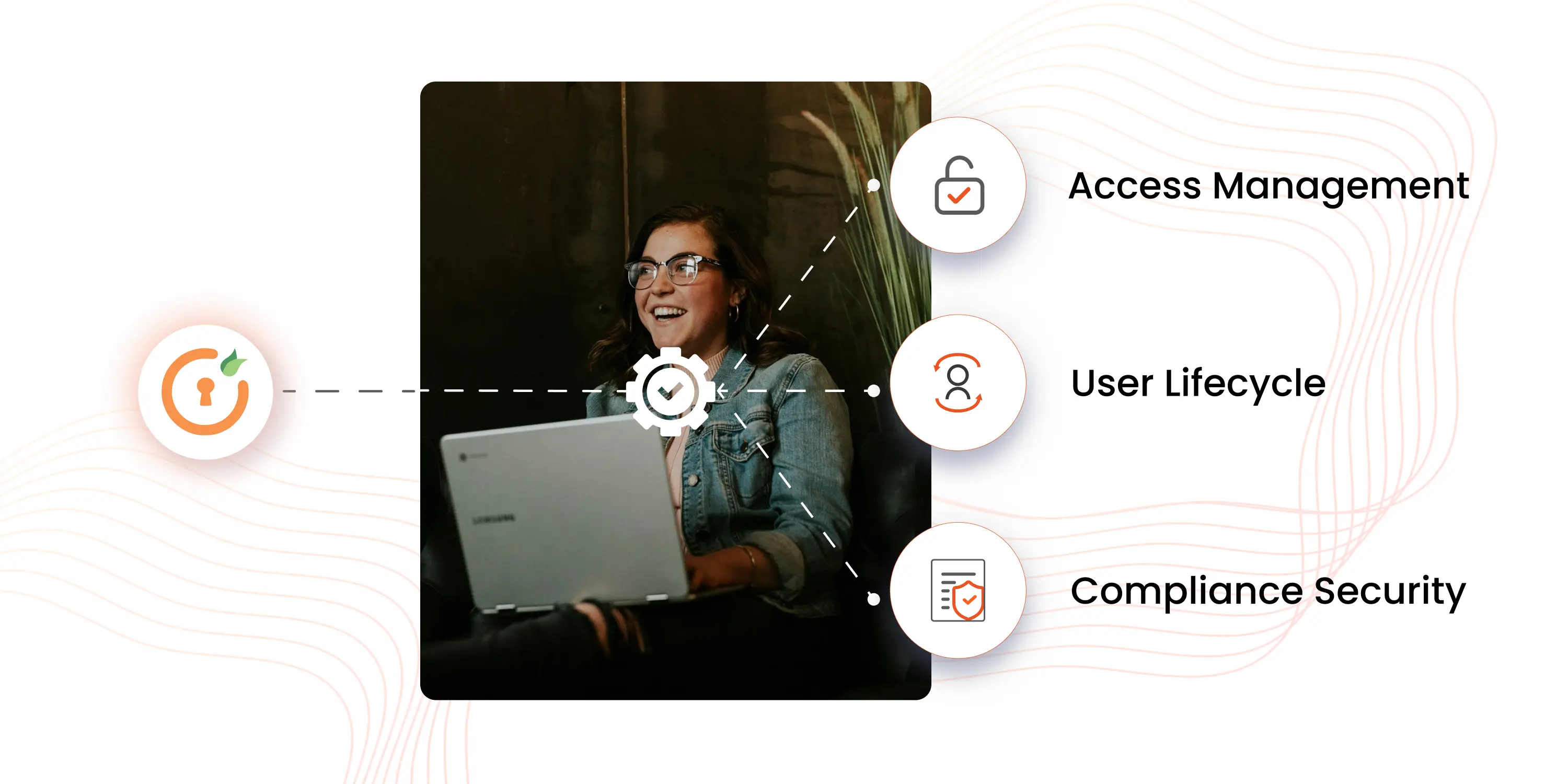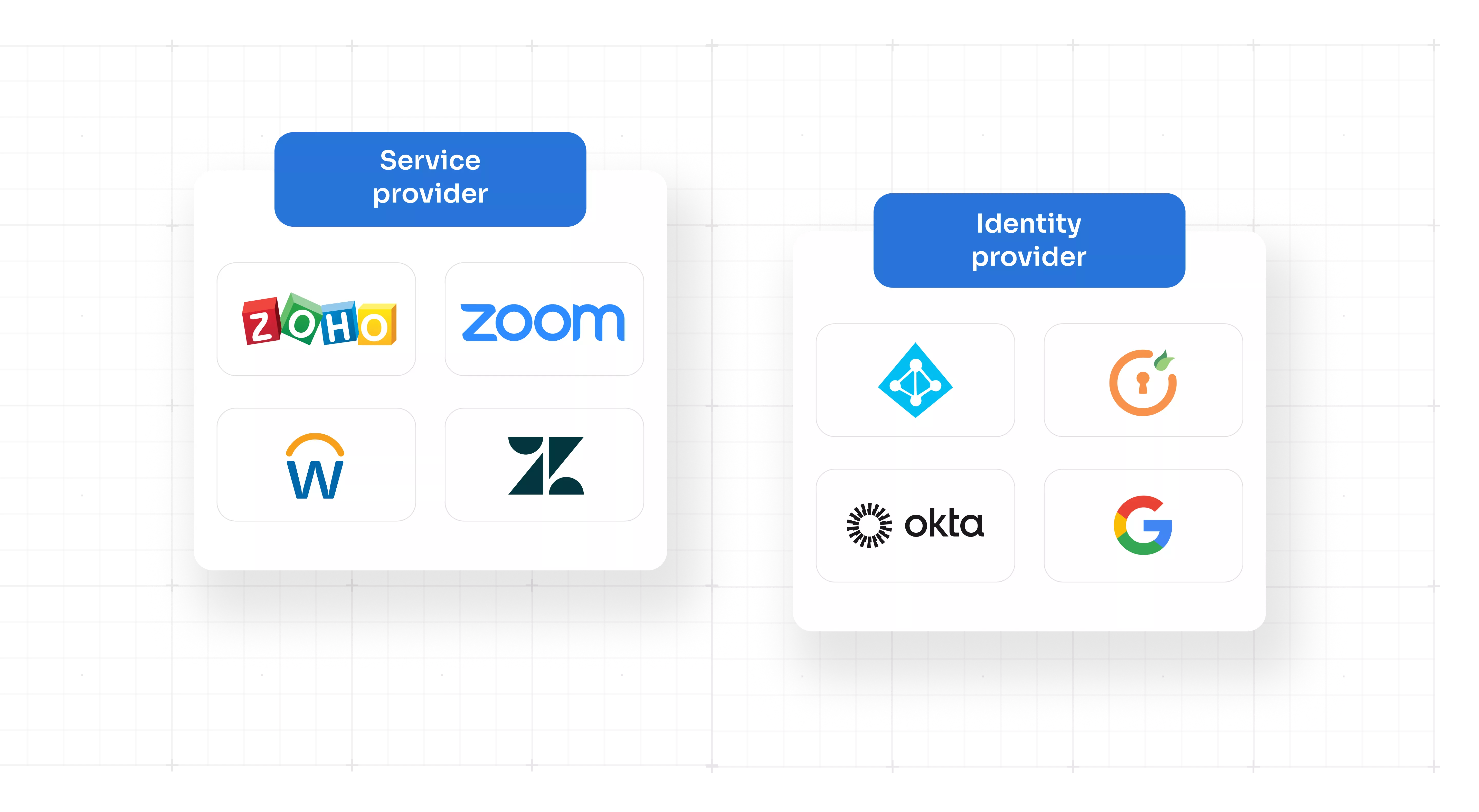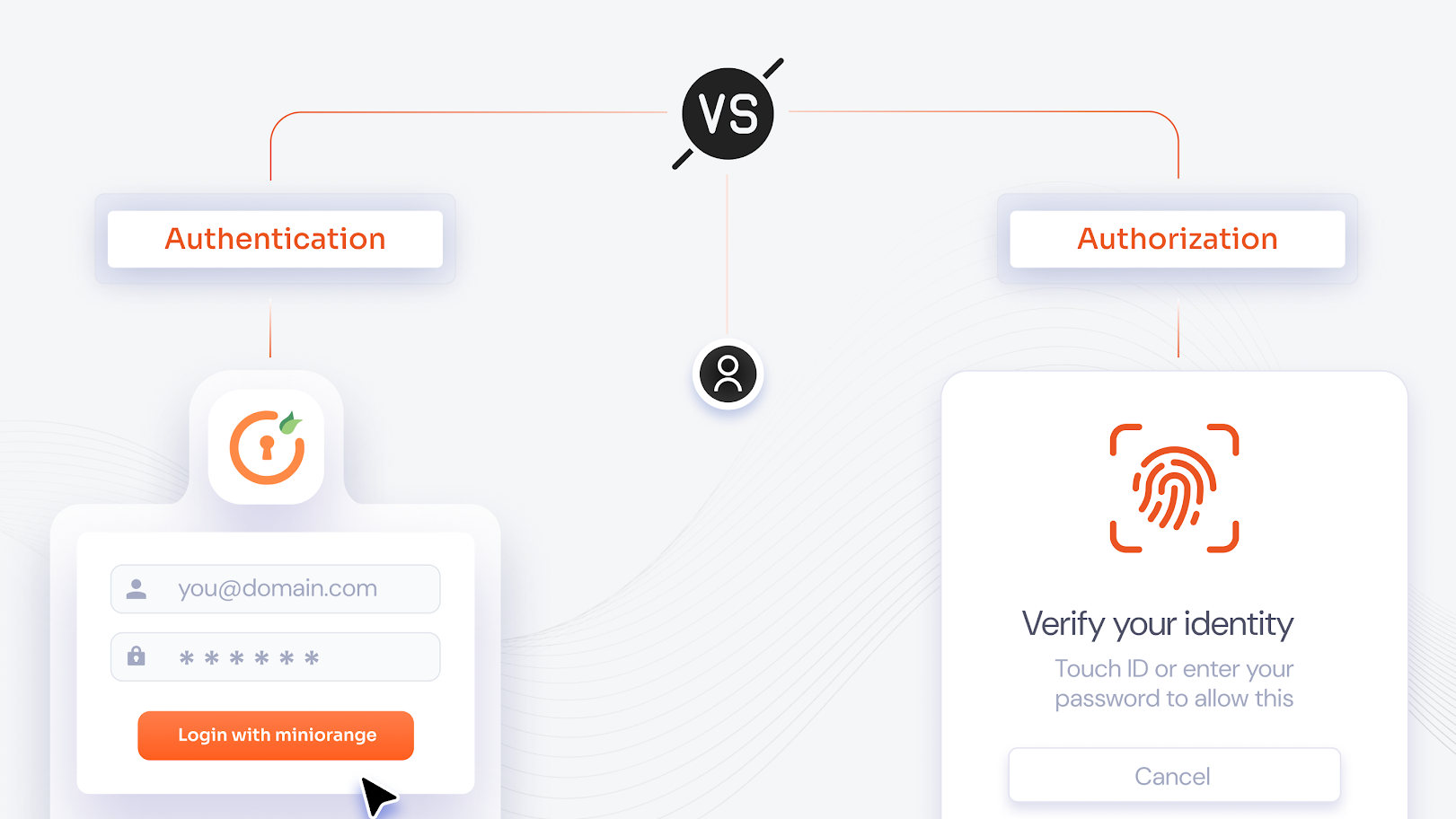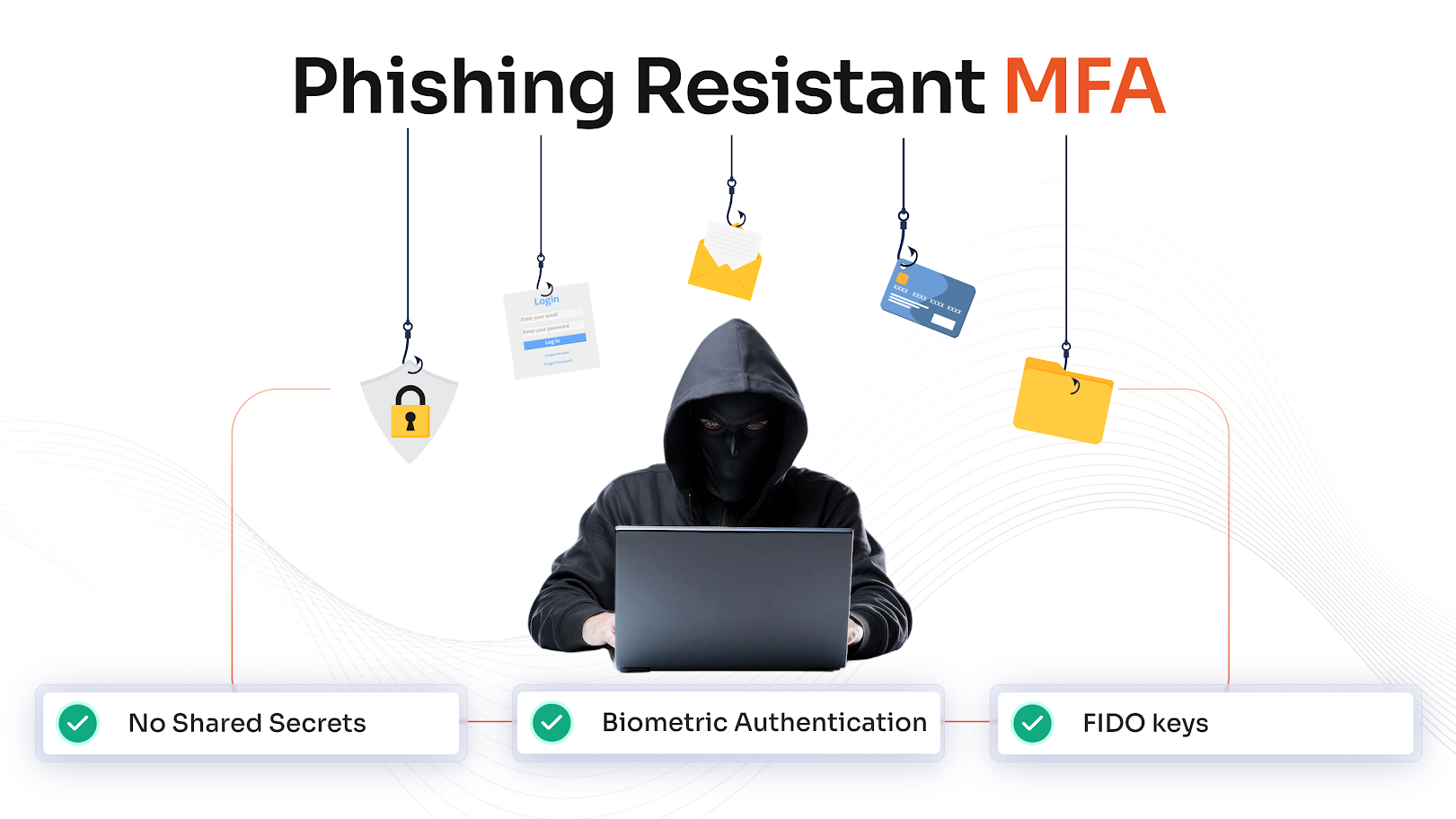IT administrators can spend almost 10-15 minutes per user when assigning them user roles in a conventional setup. However, when we multiply that with the number of employees and the frequency of changes right from user onboarding, role changes, and departures, it is simply many hours in larger organizations.
Many organizations have considered automated user provisioning, but it majorly lacks the customization that the company needs and ends up in more manual work. To solve this problem, a workflow automation that works exactly the way you want based on the triggers that you set for a task to be performed helps you accomplish the work faster and more efficiently. That means now you can save hours and hours of assigning groups and roles and focus on what matters the most.
What is a Workflow in Identity and Access Management?
A workflow is a set of repeatable tasks, whether automated, manual, or a combination of both, to help the IT administrator manage user access and identities. It describes the steps required to handle IAM operations such as onboarding, offboarding, role assignments, access reviews, and incident responses.
In IAM, a workflow is not limited to just a series of tasks; it is an integrated strategic process to boost productivity to ensure every identity-related operation is carried out consistently, securely, and as per the set policies.
An IAM workflow encompasses essential tasks that ensure efficient identity management. It begins with user provisioning for onboarding and deprovisioning during offboarding. Group assignments and access controls streamline user categorization and secure permissions. Role-based access controls (RBAC) manage access to applications, networks, and services effectively.
Communication, access adjustments, and self-service portals empower collaboration and user autonomy. Regular request management and access reviews maintain compliance, while continuous monitoring and auditing provide oversight and security. Together, these elements create a cohesive process for secure and consistent identity management.
To maintain IAM systems during the user lifecycle, it is vital to integrate with HR systems, enforce policies and alerts, and immediately revoke access when an employee leaves. Also, data archival and preservation, audits and reviews, and notification to stakeholders about any changes are important. Some of these are capable of being automated.
Types of Workflows
Workflows in IAM can be grouped based on their structure and purpose. Each type of workflow is crafted to manage specific tasks or decisions to ensure security, simplicity, and flexibility in identity management operations.
1. Process Workflows:
A process workflow is a highly structured and repeatable sequence designed to efficiently manage routine and predictable IAM tasks in automated identity management operations.
The process workflows are distinguished by these characteristics:
- Steps are predictable: Tasks like onboarding, assigning roles, or deprovisioning will have a set of predictable steps.
- Rule-based automation: Define rules, triggers, and actions for specific conditions or events.
- Error handling: If a step in the workflow fails, the error is handled with a course of action where the process either retires, alerts the admin, or rolls back safely.
- Consistency: These workflows are often standardized to minimize any errors and discrepancies and ensure compliance with regulations and company policies.
2. Case Workflows:
A case workflow is a flexible approach to handling tasks that don't follow a straightforward process. It's great for situations where human judgment is needed, like investigating incidents, managing exceptions, or conducting specific audits.
Case workflows allow these advantages:
- Allows flexible paths: As per situational data and decision points, the case workflows allow flexible paths, not quite like some rigid process workflows.
- Accommodates human intervention: In mission-critical operations, automated rules miss the correct decision as they don’t consider all the possibilities, so human judgement is needed.
- Manages exceptions: Takes care of anomalies like suspected access patterns or unique exceptions in policies.
- Flexibility: Supports ad-hoc steps and helps branch out into more directions based on the current situation.
For instance, an anomaly detection workflow flags unusual user activity. It then sends it to security analysts who can decide the next course of action based on the more contextual information towards remediation.
3. Project Workflows:
A project workflow is a cross-functional workflow to coordinate complex initiatives in identity and access management. It consists of several phases and requires collaboration across teams.
Project workflows have these characteristics:
- Needs collaboration: In a project workflow, all people working on the project from all departments come together to collaborate. For instance, IT, security, compliance and HR work together on large-scale IAM projects or infrastructure upgrades.
- Breaks down into steps achieved: The project workflow depends on deployment steps or phases such as planning, designing, executing, testing, and review. It is usually milestone-driven.
- Well-coordinated efforts: This workflow ensures that stakeholders are aligned and are on the same page and timelines are met for integrating new technologies or policies.
For example, a project workflow covers all the steps from requirement gathering to deployment and post-deployment.
4. Sequential vs. Parallel Workflows:
A sequential workflow is supposed to be executed in a step-by-step, strict order. In a parallel workflow, a lot of independent tasks are performed simultaneously rather than consecutively. Parallel workflow tasks are independent of each other regardless of their outcomes and thus reduce a lot of processing time.
| Component | Sequential Workflow | Parallel Workflow |
|---|---|---|
| Definition | Tasks execute one after the other | Tasks run simultaneously |
| Execution Flow | Linear and each step awaits completion of its predecessor | Concurrent execution. Tasks are independently executed at the same moment |
| Task Dependency | Each step depends on the previous step’s output | Multiple steps are independent of each other |
| Efficiency | Sequential workflow is relatively slower due to waiting between steps | Relatively, parallel workflows are faster as multiple steps are processed at once |
| Error Handling | Simpler due to the linear progression | More complex; requires strategies to control simultaneous errors |
| IAM Example | User deprovisioning in a step-by-step manner with steps that first revoke access and then disable accounts | Onboarding a user with steps like account creation, role assignment, and training occurring simultaneously |
Key Components of a Workflow

Workflows majorly consist of components that ensure the smooth and efficient execution of processes. They work in complete synchronization to create a process that is reliable, adaptable, and secure. These components are:
1. Trigger or Initiator:
The condition or the event that starts the workflow is a trigger or an initiator. A trigger in IAM can be a notification in an HR system about a new hire, a user requesting access to a particular application, or detection of abnormal behavior in a system such as login attempts at odd times.
2. Actions, Activities, or Tasks:
The action defines what needs to be done when a trigger condition is satisfied. In automated workflows, these actions are automatically carried out upon triggering. For example, user account creation, role assignment, or review by an administrator.
3. Conditional Decisions and Decision-Making Points:
These are those points that change the course of action in a workflow. They define the branches within the workflow based on specific parameters and criteria. The conditional decision point helps evaluate conditions, such as security clearance or role relevance. Based on the set values for attributes, it determines the appropriate path for each scenario.
4. Controlling Sequences and Flows:
Sequence and Flow Control determines the execution sequence of activities between strict sequential execution and parallel execution based on task dependencies.
5. Points of Integration:
Workflows require integration points to connect with external systems, including HR databases and CRM tools, as well as other applications. The integration points serve as data transfer points, which enable system actions to trigger corresponding actions in other systems.
6. Controlling Errors and Exceptions:
A well-designed workflow system must contain proper error detection and exception handling and recovery mechanisms. The system maintains process continuity through error management features that allow failures in one step to continue without halting the entire process and enable manual review through issue logging.
7. Notifications and Logging:
The notification system, along with logging functions, provides ongoing updates and audit trails. The system allows administrators to monitor workflow advancement while sending notifications about problems, and it supports compliance through complete action documentation.
8. Timers and Delays:
Timers or delays are sometimes used in workflows to implement waiting periods or scheduled task execution. Timers enable specific tasks to trigger after predetermined periods because such timing is essential for maintaining controlled process pacing and external event synchronization.
9. Approval Systems:
The approval mechanism serves to validate actions through human confirmation before allowing workflow continuation.
Benefits of Implementing a Workflow
The implementation of workflow management in Identity and Access Management (IAM) delivers multiple advantages that optimize both security and operational efficiency while simplifying organizational processes. Here are the key advantages:
Efficient Execution:
The automation of workflows reduces IT team workload because it turns regular procedures such as onboarding, deprovisioning and role assignments into organized, systematic processes. The optimized method accelerates business operations while releasing important resources to work on strategic programs.
Improved Accuracy and Reduced Errors:
The tendency of manual systems to generate errors through human mistakes results in incorrect configuration settings and unintended permission assignments. The predetermined rules that workflows use create consistent procedures that reduce human errors while delivering appropriate access permissions to every user.
Stronger Security Posture:
Security processes execute with precision through automated workflows, which deliver timely execution of security protocols. The departure of an employee triggers instant access revocation through automated processes, which prevents unauthorized entry, and conditional decision points trigger reviews for high-risk situations. This proactive approach significantly reduces security vulnerabilities.
Auditability and Compliance:
Every action performed in automated workflow systems creates logged records that enable simple tracking through audit trails. The system maintains detailed records, which help organizations meet audit requirements and satisfy regulations that prioritize data protection and privacy compliance in their industry.
Scalability and Adaptability:
The growth of organizations leads to shifts in their identity and access management requirements. Workflows function as adaptable structures because they enable straightforward modifications to support new applications together with policy updates and changing access needs. The system's modular structure allows it to expand efficiently along with the organization's growth.
Improved User Experience:
Automated workflows drop the time needed for provisioning and deprovisioning. It simplifies the onboarding process for new users. The combination of rapid resource access along with reliable processes enables employees to start working immediately, which leads to better overall productivity.
Cost Reduction:
Automating regular tasks enables organizations to decrease manual administrative expenses and workloads. Automated workflows reduce the possibility of costly security incidents that result from human errors during manual configuration steps or delayed access revocation processes.
Optimized IAM workflows provide administrative process improvements that directly strengthen both enterprise security and compliance measures.
How to Create an Effective Workflow?
To create an efficient workflow in miniOrange IAM, follow the steps below:
1. Define Requirements and Objectives
This approach will help you determine the workflow’s particular objectives, which include user onboarding, entitlement modifications, and deprovisioning.
All the compliance and security policies that the workflow has to follow should be documented.
2. Map Triggers and Integration Points
This workflow requires knowledge of the triggers that will activate it. The workflow can be triggered by new user records from the HR system or by changes in user attributes.
This workflow requires the integration of systems like your HR system, LDAP, or other identity sources.
3. Establish Automation Rules
miniOrange’s automation features enable users to create condition-based rules. You can implement rules through miniOrange’s automation features by specifying criteria such as department and role or user attributes (e.g., “Department = Finance” then assign to “Finance Group”).
The workflow should include decision points that determine whether the process should branch into different paths depending on the evaluation of conditions (such as security clearance or role relevance).
4. Design the Workflow Structure
The process should run its tasks either sequentially or in parallel.
Determine the workflow structure depending on task relationships. Deprovisioning requires sequential steps, yet onboarding functions better with parallel processes.
5. Configure the Workflow in miniOrange IAM
You should use the miniOrange admin console to create your workflow. Set up triggers, assign necessary actions, define error handling, and implement the rules that you defined while configuring the miniOrange admin console.
The miniOrange automation interface provides visual tools for designing and modifying the workflow according to your needs.
6. Test and Validate the Workflow
Before deployment, conduct controlled testing or utilize test data to verify trigger and rule functionality.
The workflow execution needs verification to confirm proper action performance and verify complete error handling mechanisms, including notifications and rollbacks.
7. Deploy and Monitor
After successful testing, deploy the workflow to production.
The workflow needs constant observation through logging and reporting tools to maintain performance stability while detecting problems promptly.
8. Iterate and Optimize
The workflow’s performance needs periodic assessment along with feedback collection from stakeholders.
Review your automation rules and process steps to enhance performance while adapting to changes in business processes.
By following these guidelines, you can establish an efficient miniOrange IAM workflow that ensures security and maintains consistency with your organization’s evolving needs.
Getting Started with IAM Workflow Automation for Businesses
The implementation of IAM automation for workflows represents a strategic necessity that transforms business operations for identity management and digital asset protection. Organizations achieve better security throughout their entire system when they implement workflow management automation because this approach reduces errors and enhances compliance throughout internal systems and customer interactions.
Your organization should choose miniOrange as its trusted partner when starting your transition to efficient and secure IAM practices. The powerful IAM workflow automation tools of miniOrange enable your business to tackle difficult identity lifecycle management challenges efficiently and precisely.
Your organization will experience a workflow transformation by exploring miniOrange today, which will create conditions for future growth and innovation. Assign and unassign groups and roles easily with a customized trigger with the miniOrange IAM workflow automation feature.
The future of your organization demands miniOrange IAM workflows because automated identity management represents the essential strategy for leading in modern digital environments.






Leave a Comment